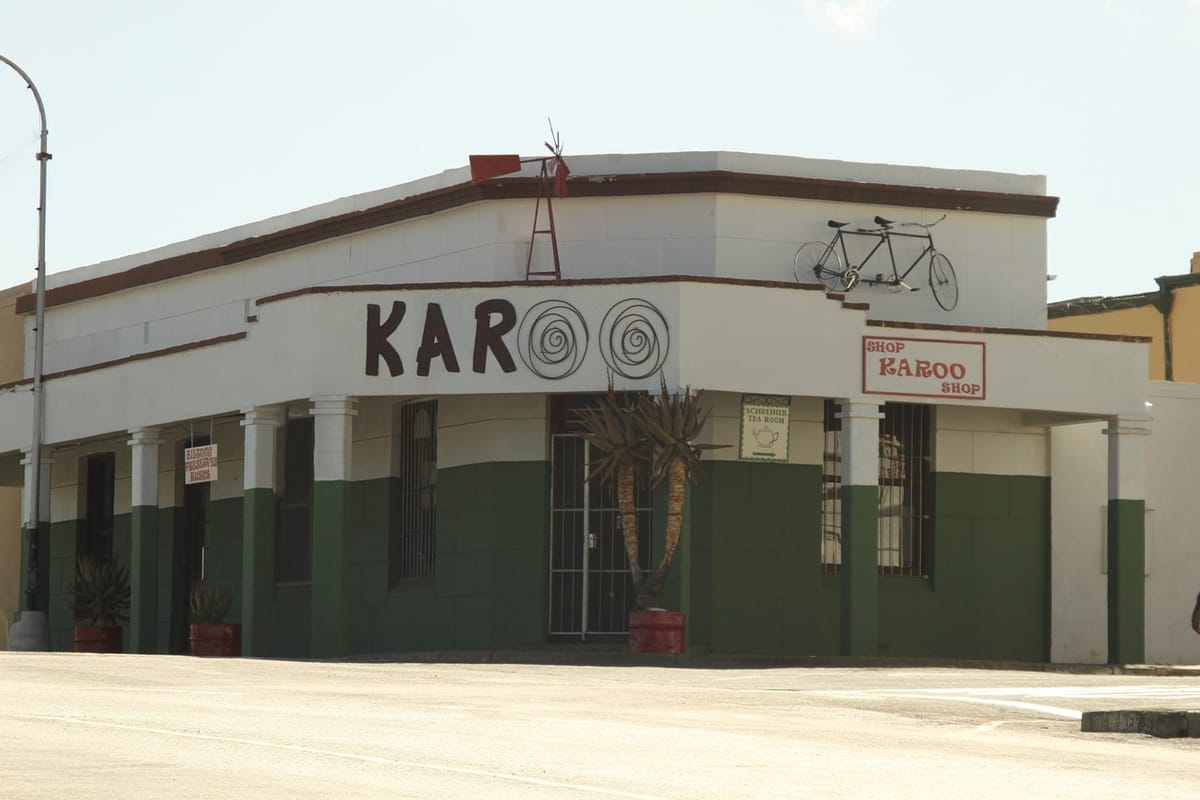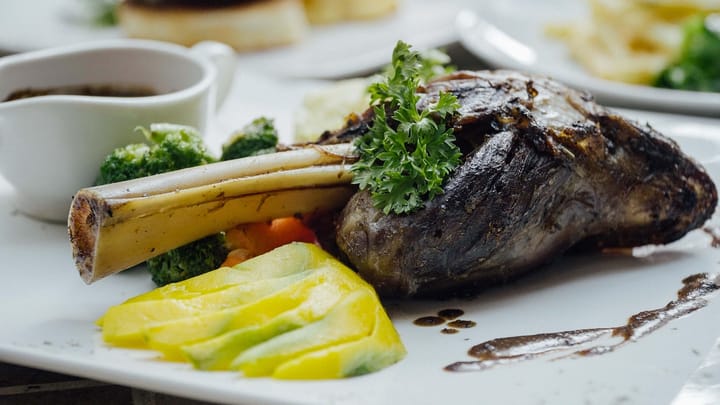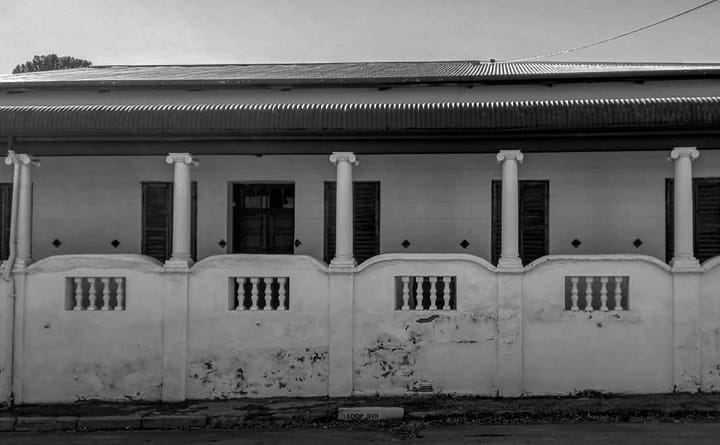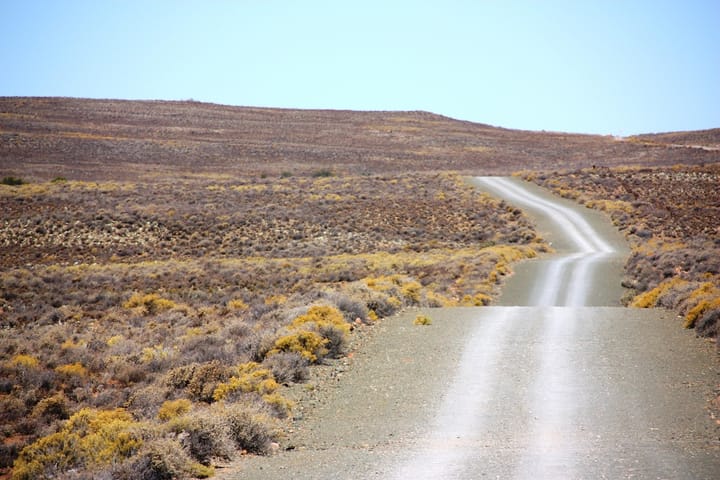How the Karoo’s stoeps and gates became accidental art spaces
What might once have been discarded scrap often becomes part of the roadside scenery.

Travelling through the Karoo often feels like moving through a living painting of soft plains, distant koppies, and an endless sky that shifts colours by the hour. Yet for those who slow down, there’s another layer waiting to be seen: the accidental roadside art galleries created by stoep-side sculptures, painted gates, and quirky garden installations that dot these quiet towns and backroads.
In places like Nieu-Bethesda, the spirit of the late Helen Martins still drifts through the village’s streets. Martins, creator of the famous Owl House, turned her modest home and yard into an eccentric wonderland of concrete and glass figures.
Decades later, her vision inspires local residents to brighten their own stoeps and walls with small touches that echo her love of making the ordinary extraordinary. From mirror mosaics to painted tyres stacked as planters, the creative legacy lives on.
Where fences become frames
This kind of unintentional art spills beyond Nieu-Bethesda. Across the Karoo, many residents have long decorated farm gates with painted signs, old enamel pots or rusted wire animals that greet passing motorists.
In small Karoo towns like Calvinia and Williston, visitors sometimes spot bottle trees standing sentry in dusty gardens or old bicycle frames turned into quirky yard ornaments. What might once have been discarded scrap often becomes part of the roadside scenery.
Much of this roadside art is not made for profit. Often it starts as a practical need (a sign to mark a farm entrance) which then grows into something playful and eye-catching. A faded piece of corrugated iron might become a painted backdrop for an old metal rooster. A fence post might sprout a windmill made from tin cans, turning the wind’s whistle into a show for anyone who cares to look.
Stoepside stories
The Karoo’s wide stoeps are another accidental gallery wall. In places like Prince Albert, residents turn front verandas into living displays. Some display bright succulents in repurposed buckets, others hang folk art or driftwood figures from rafters. A passerby might catch sight of a carved ostrich egg balanced on a fence post or a row of hand-painted tiles spelling out a house name in bold colours.
These touches are not curated by a committee or funded by any formal art body. They grow quietly from the Karoo’s practical creativity, where very little goes to waste and beauty often sneaks in through reuse and reinvention.
A gallery for the unhurried
For travellers used to racing down the N1, these small sights are easy to miss. Yet those who wander back roads or linger in towns like Loxton, Sutherland or Williston soon learn the Karoo is a place that rewards the unhurried eye. A small garden gate can hold as much charm as a gallery wall. An old water tank can become a painted landmark that guides a visitor back home.
What makes these roadside touches special is how they mirror the Karoo itself: open, surprising, and stubbornly creative in the face of harsh weather and empty spaces.
They remind people passing through that art need not hang in formal rooms or be signed by big names. Sometimes it is a driftwood owl perched on a stoep wall or a wire sheep standing guard by a farm gate, changing with the sun and wind.
Next time the Karoo horizon stretches endless and still, travellers would do well to keep an eye out for the fence post that became a sculpture or the stoep that turned into a gallery. Here, the road itself frames the art and all it asks is to be seen.





Comments ()